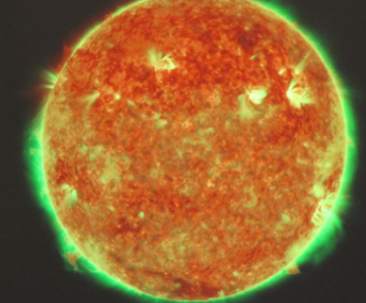Lockheed Martin (LM) astrophysicists are using Nvidia-powered GPUs to help track ongoing changes in the Sun.
Although most of us take the Sun for granted, LM researcher Mark Cheung described Sol as a “living astrophysical object” with a “tumultuous” life of its own.
To be sure, the sun’s enigmatic flares and filaments – along with the forces that govern its magnetic fields – are currently the focus of a study conducted by NASA’s newly formed Solar Dynamics Observatory.

“The Study of the sun has very real implications for everyday life here on Earth – as solar events can kill satellites and even affect air travel,” Cheung explained during a keynote speech at Nvidia’s 2010 GPU Technology Conference.
“[For example], in 1989, 6 million people lost power for a couple weeks when a coronal mass ejection – or solar storm – took out an energy grid, disrupting power across Quebec.”
Cheung noted that Nvidia GPUs were playing a crucial role in accelerating the computationally intensive work required to track the sun, including:
- Inversion of Stokes profiles to measure the sun’s magnetic field.
- Synthetic images from numerical magnetohydrodynamic simulations.
- Tracking and mapping plasma flows.
“GPUs help process the massive amounts of data received at the Lockheed Martin lab – we are talking about roughly 6TB a day.
“Right now, though, the science is focused on measuring and attempting to understand solar weather. We’re not yet at the point of making solar weather predictions, but that definitely remains a future goal,” he added.






